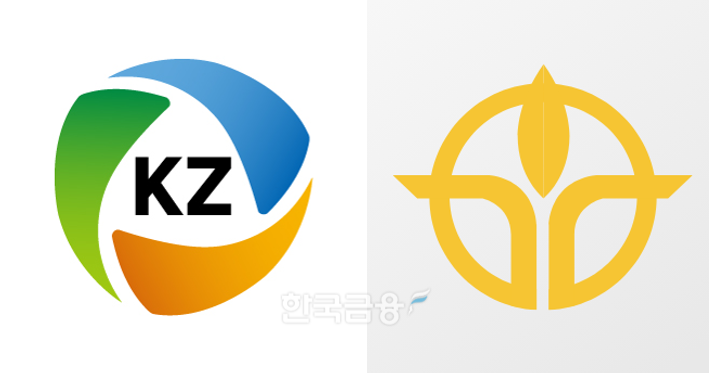 이미지 확대보기
이미지 확대보기The total amount of money that the company has borrowed or is planning to borrow is KRW 3.1 trillion, and it is calculated that about KRW 149 billion will be taken out as financial expenses.
Of the total, KRW 1.7 trillion is the limit for borrowing commitments. Like a negative passbook, it means borrowing and spending within a set limit and paying it back, meaning the range is up to KRW 1.7 trillion.
Korea Zinc will borrow a total of KRW 1.16 trillion from Hana Bank and SC First Bank on the 21st. The maturity is one year or less, with interest rates ranging from 4.67% to 5.50%. The interest expense alone is expected to reach KRW 54.3 billion to KRW 64 billion, meaning that the company will spend KRW 1.16 trillion out of the KRW 1.7 trillion borrowing limit and pay up to KRW 64 billion in interest.
The KRW 1 trillion in private placement bonds were issued by Merits Financial Group. With a maturity of one year or less and an annual interest rate of 7%, the interest cost alone is about KRW 70 billion.
 이미지 확대보기
이미지 확대보기Earlier on the 23rd and 27th of last month, the company also issued commercial paper (CP) worth KRW 200 billion each from Korea Investment & Securities and KB Securities, totaling KRW 400 billion.
According to the Korea Financial Investment Association's Bond Information Center, the weighted average interest rate for six-month Class A1 CPs with a maturity of six months was 3.74% as of the 2nd, and the interest cost for the KRW 400 billion CPs issued by KCCI is expected to reach about KRW 15 billion.
Last month, Korea Zinc was given the highest A1 among CP ratings by Korea Corporate Ratings and Nice Credit Ratings, a domestic credit rating agency.
However, as the CP funds are company money, it is not allowed to lend credit to related parties such as Chairman Choi Yoon-beom. The company also said that the CP issuance is to secure operating funds, including repayment of short-term borrowings in foreign currencies.
Shin Haeju (hjs0509@fntimes.com)
가장 핫한 경제 소식! 한국금융신문의 ‘추천뉴스’를 받아보세요~
데일리 금융경제뉴스 Copyright ⓒ 한국금융신문 & FNTIMES.com
저작권법에 의거 상업적 목적의 무단 전재, 복사, 배포 금지








![[인사] ‘미래차 우려’ 현대차그룹, 해외파 ‘하러’·국내파 ‘정준철’ 투톱 돌파구](https://cfnimage.commutil.kr/phpwas/restmb_setimgmake.php?pp=006&w=284&h=214&m=5&simg=2025121812000503296dd55077bc212411124362.jpg&nmt=18)

![글로벌 1등 보고 달렸는데…LG엔솔, 신용등급 ‘흔들’ [Z-스코어 기업가치 바로 보기]](https://cfnimage.commutil.kr/phpwas/restmb_setimgmake.php?pp=006&w=284&h=214&m=5&simg=2025121422390608986dd55077bc25812315162.jpg&nmt=18)


![류재철 LG전자 CEO "이기는 분야에 집중, 핵심은 속도" [2026 신년사]](https://cfnimage.commutil.kr/phpwas/restmb_setimgmake.php?pp=006&w=284&h=214&m=5&simg=20251223093402073917de3572ddd12517950139.jpg&nmt=18)


![‘반도체 게임체인저’ 유리기판 대전…SKC vs 삼성전기 [대결! 일대다 (下)]](https://cfnimage.commutil.kr/phpwas/restmb_setimgmake.php?pp=006&w=110&h=79&m=5&simg=2025122122545907776dd55077bc2118218214118.jpg&nmt=18)


